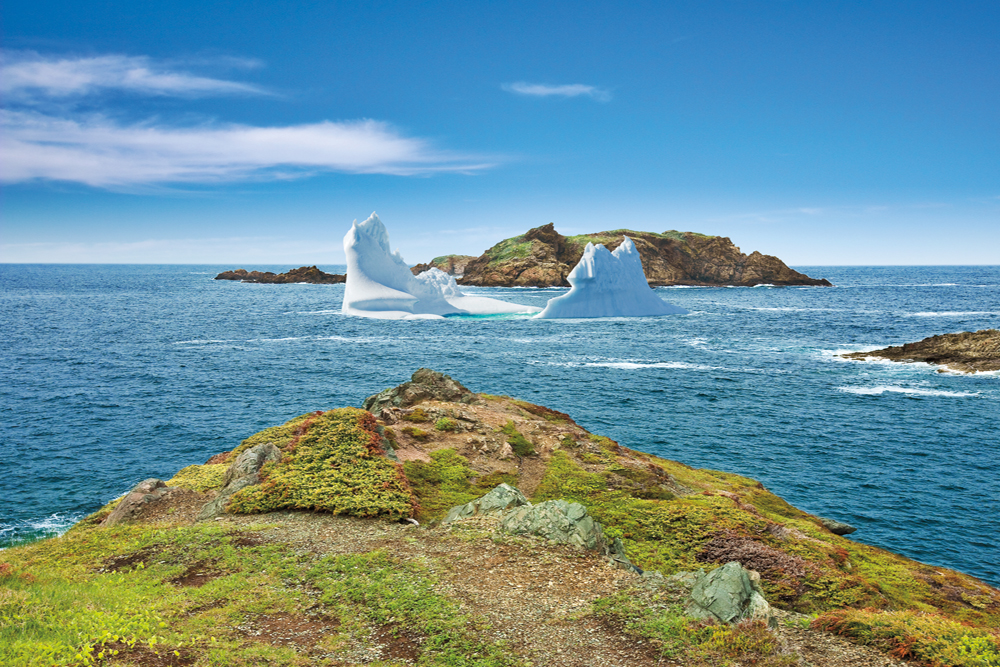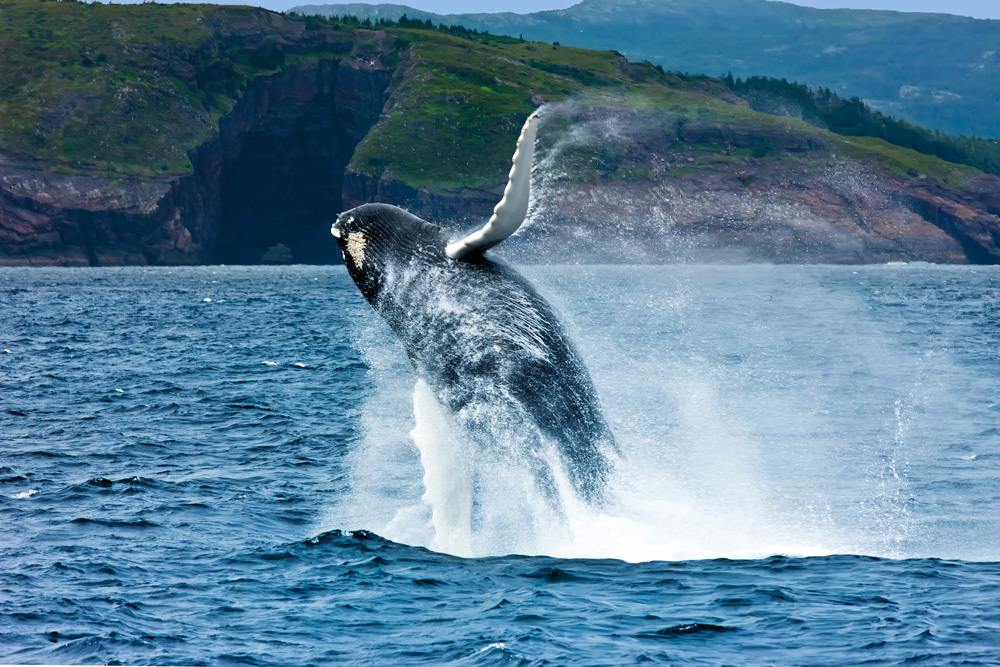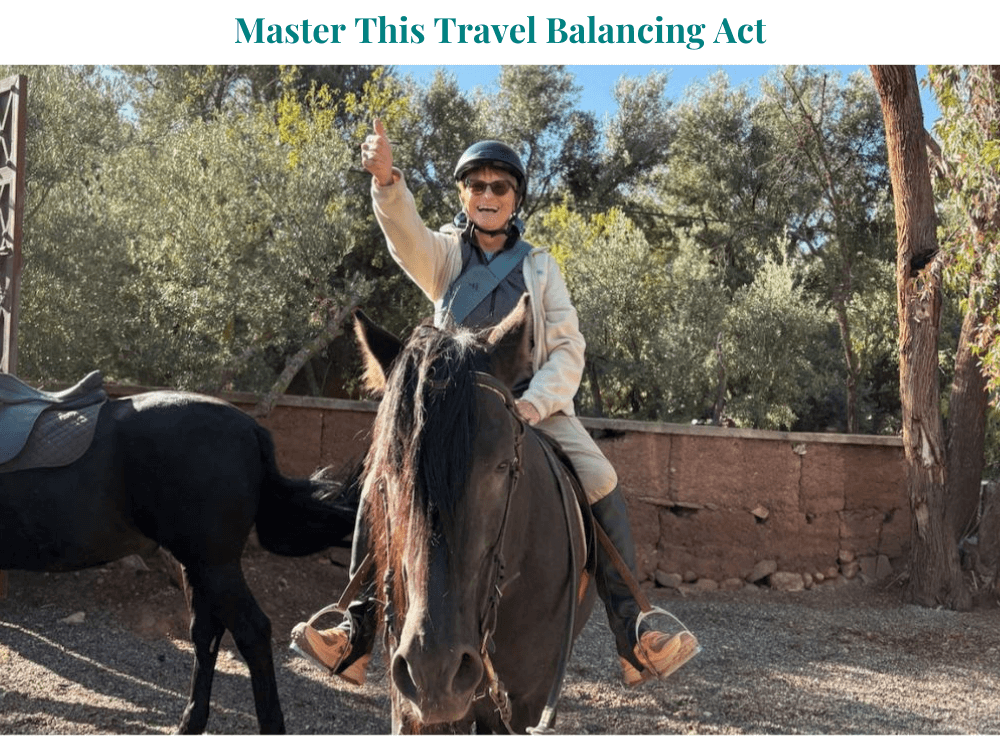An Insider’s Guide to Canada’s Secret Gem: Newfoundland
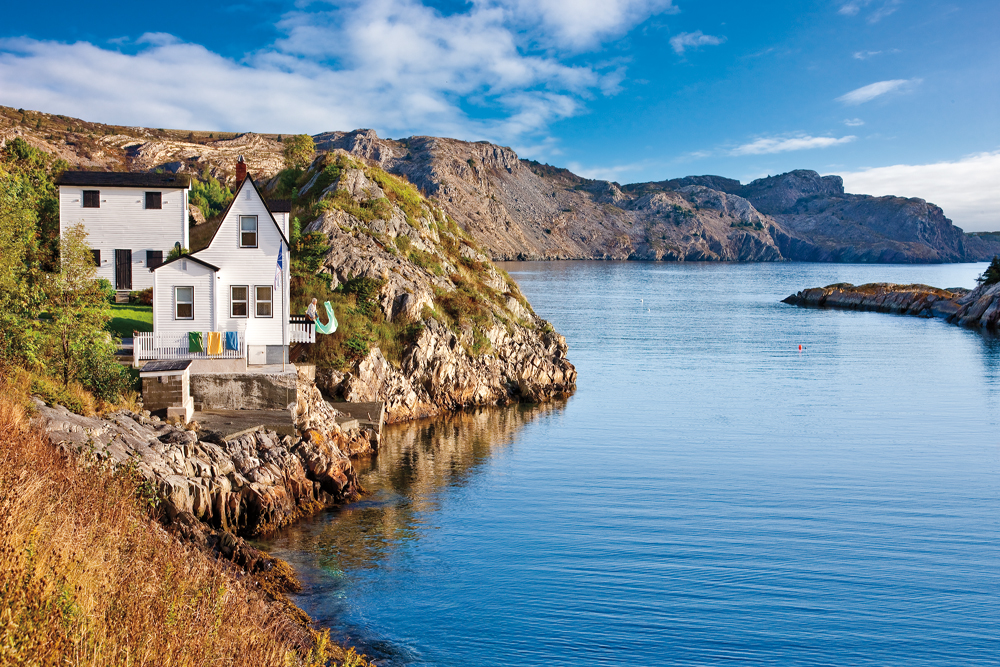 The rocky coast rises straight from the sea on the craggy Newfoundland shore. Photo: Newfoundland and Labrador Tourism
The rocky coast rises straight from the sea on the craggy Newfoundland shore. Photo: Newfoundland and Labrador Tourism
The insider advice on this page is from one of Wendy’s Trusted Travel Experts for Newfoundland and Labrador, Nova Scotia, New Brunswick, and Prince Edward Island: Jill Curran of Maxxim Vacations.
Jill was raised in a small fishing community in Newfoundland and is deeply rooted in Canada’s Atlantic provinces. Her customized itineraries extend throughout Newfoundland and Labrador and the Maritime provinces, uncovering secrets that most people miss: the side road with a stunning view, the tiny fishing village where you can chat with locals over tea. On one of her culinary tours you might forage along the coast with a chef, cook over an open fire on the beach, fish for cod in the North Atlantic, or search for chanterelles in the forest. Her wildlife adventures include hiking through moose and caribou country, kayaking past puffins and gannets, and spotting right whales in the Bay of Fundy, home to half the world’s population of this endangered creature. Her tours are either self-drive or privately guided, and her personally selected accommodations range from small inns and B&Bs to luxury hotels. One of her specialties is a seaside picnic lunch sourced from local ingredients (think chutney-glazed ham, garden veggies, homemade bread) and prepared in the 150-year-old lighthouse where her grandmother was born.
Things to Do and See
Most underrated place
Mistaken Point Ecological Reserve. Embedded in the mudstone and sandstone of this picturesque coastline are fossils of the oldest creatures on earth. Mistaken Point is a UNESCO World Heritage site—one of seven in Atlantic Canada (out of 18 in the entire country).
Hidden gem
Battle Harbour. This small island off the coast of southern Labrador was settled in the early 1770s and was once the leading center of the Labrador fishery. With the decline of the fishery, the community disbanded in the 1960s, but thankfully tireless volunteers have restored the town to showcase daily life in the 18th to 20th centuries; you can even overnight in some of the historic homes—and you’ll be truly unplugged, as there’s no internet access.
Cheap thrill
Spotting icebergs and whales. Where to go to improve your chances of seeing these wonders of mother nature? Twilingate, an area in the northeast of Newfoundland, is an iceberg alley; Bay Bulls, on the east coast, sits along the migratory pattern of humpback and minke whales (and is home to half a million puffins, too).
How to spend a lazy Sunday
A Jiggs dinner—known as “Sunday Dinner” throughout the province—is cooked in just about every house: salt beef, cabbage (or greens, either turnip tops or dandelion), turnip, carrots, potatoes, and pease pudding all boiled in one pot. Most restaurants serve this on Sundays too. Naps are known to occur after dinner (which is eaten at noon). The afternoon is the perfect time to catch traditional music in a pub or go for a great hike; some of Jill’s favorites are the ones with remarkable views: East Coast Trail on the Avalon Peninsula, Signal Hill in St. John’s, or the Skerwink Trail on Bonavista Peninsula.
On Saturday and Sunday mornings, tune into local radio for the best of Irish and Newfoundland traditional music. Every household and vehicle in the province is listening to hear great music, birthday greetings, and well wishes sent by Newfoundlanders and Labradorians calling in from all over the world.
Where to Stay and What to Eat
Best-value splurge hotel
Fogo Island Inn is unique among lodgings around the world—and not just because it’s a sleek contemporary structure evocative of an iceberg, with massive windows onto the ocean from nearly every angle. It’s a hotel built to embody the culture of hospitality that Fogo Islanders are born with. As part of the Shorefast Foundation, the Inn is a social business (run by an eighth-generation Fogo Islander) where all operating surpluses are reinvested in the community of Fogo Island. No detail of the inn has been overlooked, from wallpapers specially designed by local artisans to quilts handmade by the island’s craft guild; toiletries are sourced from nearby berries and botanicals. You simply can’t imagine the degree of effort that has gone into ensuring that everything here is done in the most ethically sound manner. Each guest is matched with a local host—not a professional guide, but a boat builder, or a quilter, say—who takes them around to see what life is really like on this remote island. Rates include a number of excursions, plus all meals at the inn’s award-winning restaurant; its locally sourced culinary delights are an essential part of the experience.
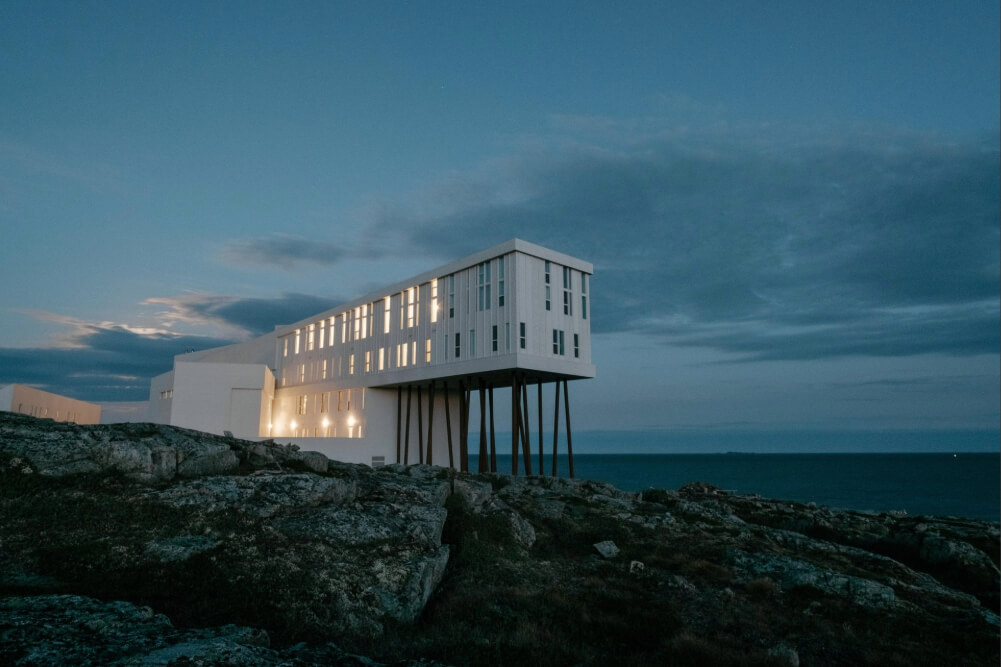
The sleek Fogo Island Inn marries hospitality, philanthropy, and community economic development. Photo: Newfoundland and Labrador Tourism
Restaurants the locals love
In Newfoundland and Labrador, the word “fish” means one species: cod. Cod is king, and at fish-and-chips restaurants it will always be cod on the menu, served with dressing and gravy. Which is the best is a hotly debated topic—it’s a personal choice. But some of the front runners are Ches’s Famous Fish and Chips (which has seven locations throughout Newfoundland), the Duke of Duckworth, Leo’s, and Squid Jigger.
Meals worth the splurge
In St. John’s, three restaurants on Water Street—along with their associated chefs—have all won national awards. But fine dining here doesn’t mean stuffy so much as upscale casual. Portage has Asian influences informed by the heritage of Celeste Mah, the pastry chef and wife of chef Ross Larkin, with dishes served family-style for the table. Rabble, with a rustic European bistro vibe, is known for its craft cocktails and modern, creative cuisine, with a focus on local ingredients. Terre Restaurant, on the ground floor of the Alt Hotel, has a modern townhouse feel and serves contemporary Canadian dishes with seasonal seafood and produce.
Best Time to Go
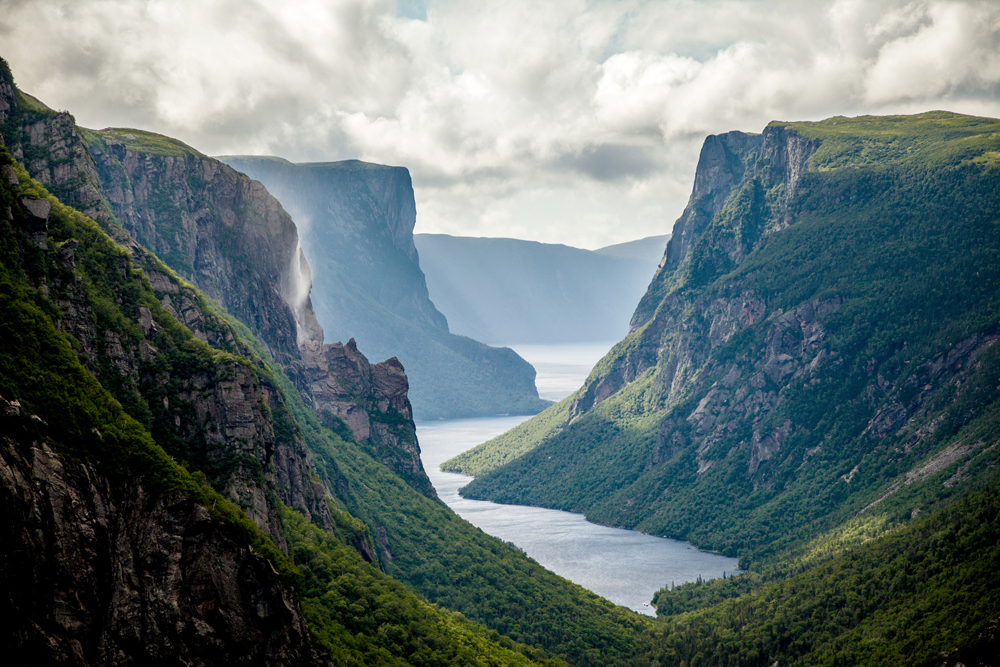
Iceberg viewing, a popular pastime in this most easterly province of Canada, is typically at its best in May and June; prime whale-watching time is July and August, when 5,000 to 10,000 humpbacks make their way into the fish-rich water, followed by 21 other species of whales and dolphins and an astonishing 35 million seabirds. September is one of the most underrated months; its warm weather makes it an ideal time for hiking.
Worst Time to Go
Early spring, as sometimes winter has not let Newfoundland out of her clutches—it occasionally even snows in the beginning of May. Jill’s grandmother used to say, “May snow is good for sore eyes”—it was thought to have medicinal properties.
Biggest Rookie Mistake
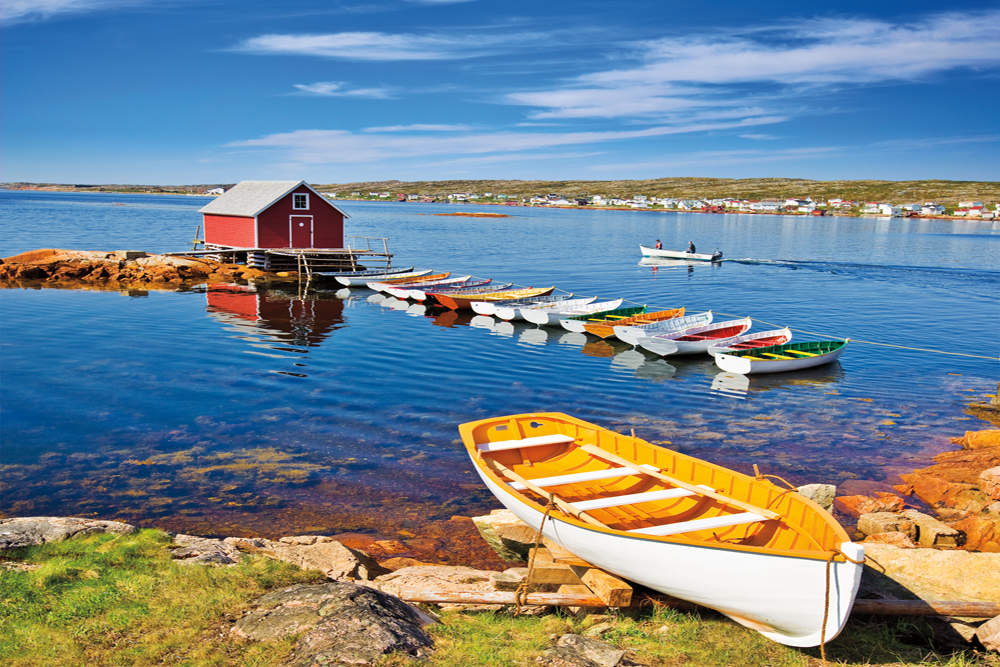
Not understanding geography and driving times. Newfoundland is an enormous island (a 12-hour drive from end to end) off the Atlantic coast of Canada; Labrador is part of the mainland, sitting to the northwest of Newfoundland. You have to either fly to Newfoundland or ride a ferry—and one crossing takes 14 hours, the other nine. Even places that aren’t far apart can take longer than you expect to travel between, since many of the roads curve along the coast, and the speed limit drops every time you pass through a community (sleepy towns being precisely the appeal of this part of the world, of course, where people come to unwind).
Prime Picnic Spot
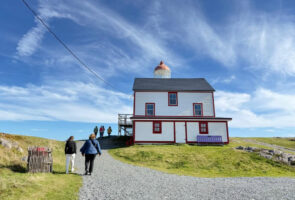
Ferryland Lighthouse—where Jill’s grandmother was born while her parents were lighthouse keepers there—arranges gourmet picnics made entirely on site, from bread to juices to desserts. Pick up your blanket and perhaps a few bird-watching books from the lighthouse, find a spot on the vast headland or any of its nooks and crannies, and enjoy a lunch while whale- and seabird-watching.
Can't-Miss Photo Op
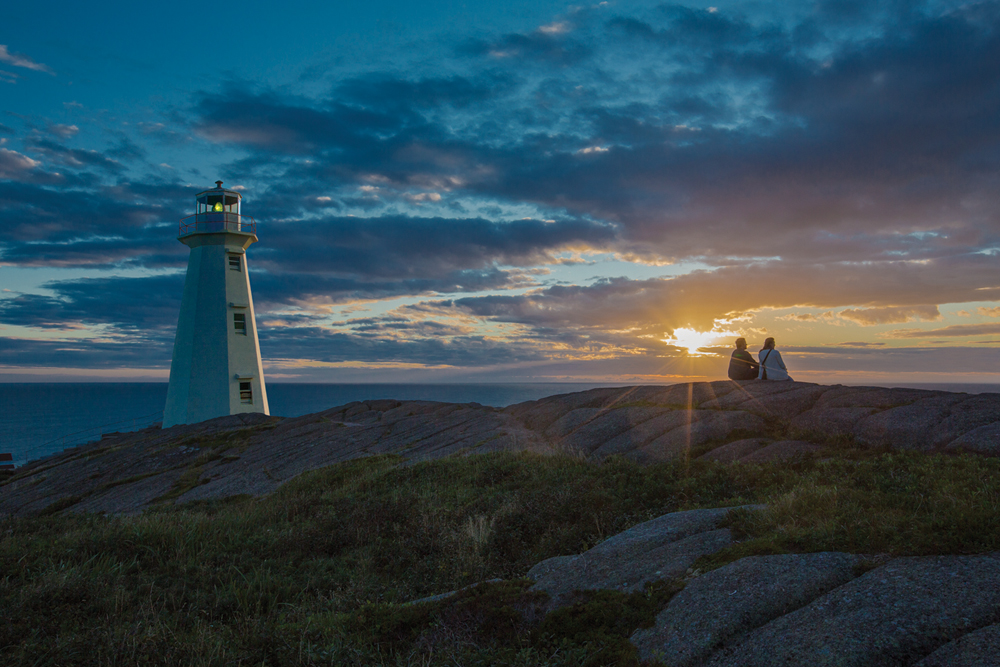
A sunrise at Cape Spear is hard to beat—perched on the most easterly point in North America, you’ll be the first one on the continent to welcome a new day.
The Souvenir
Knitwear. Check out Nonia in St. John’s, a collective of knitters established in 1924 to fund public health nurses in remote, outlying communities. Some members of the collective have been knitting for them for more than 60 years.
Don't Forget to Pack
Layers (even in June, it can be chilly along the coast, especially when an iceberg drifts by), and a windbreaker for the coastal gusts that can pick up at any time.


